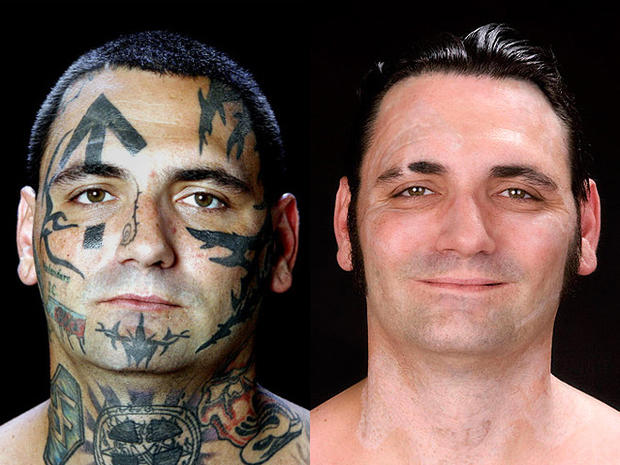It just… zaps it away, right?
Well, not exactly. There’s a bit more to it than that.
Understanding how laser tattoo removal works is really important when it comes to choosing a clinic or technician to carry out your treatment. After all, your skin is your biggest organ, so you want to find someone who is going to treat it with respect, understand the trauma involved and has the right laser equipment to get the job done as quickly and effectively as possible.
So, how does laser tattoo removal work?
It’s all about physics.
On a laser tattoo removal machine, a laser beam produces one or more specific wavelengths of light that is delivered in short, sharp bursts. Tattoos are removed by the burst of light passing through the skin’s surface at a specific wavelength, and absorbing the ink.
This rapid absorption of light causes the tattoo ink to disperse into tiny particles which are then removed by the body’s natural filtering and immune systems. You’re essentially flushing the tattoo out through your bodily functions (we won’t go into any more detail on that one… but before you ask it, no, neither your pee or sweat is going to show any signs of the colour pigmentation after you’ve had laser).
By this merit, the effectiveness of your immune and lymphatic system will play a part in how quickly your body can help get rid of your tattoo after a laser session (as well as the colour and placement of the tattoo).
When you get a tattoo, the different colours that are used will sit at different levels beneath the skin’s surface, which is why it makes sense that you would need a laser that can fire off laser beams at different wavelengths to get the job done.
For example, black is the deepest colour and surprisingly the easiest to remove, using a 1064 wavelength beam. 532 is the length required for red and orange, which are the most shallow colours underneath the skin. Somewhere in between those two lengths sit all of your blues, greens and yellows.
Contact us today to book in your complimentary consultation today!



